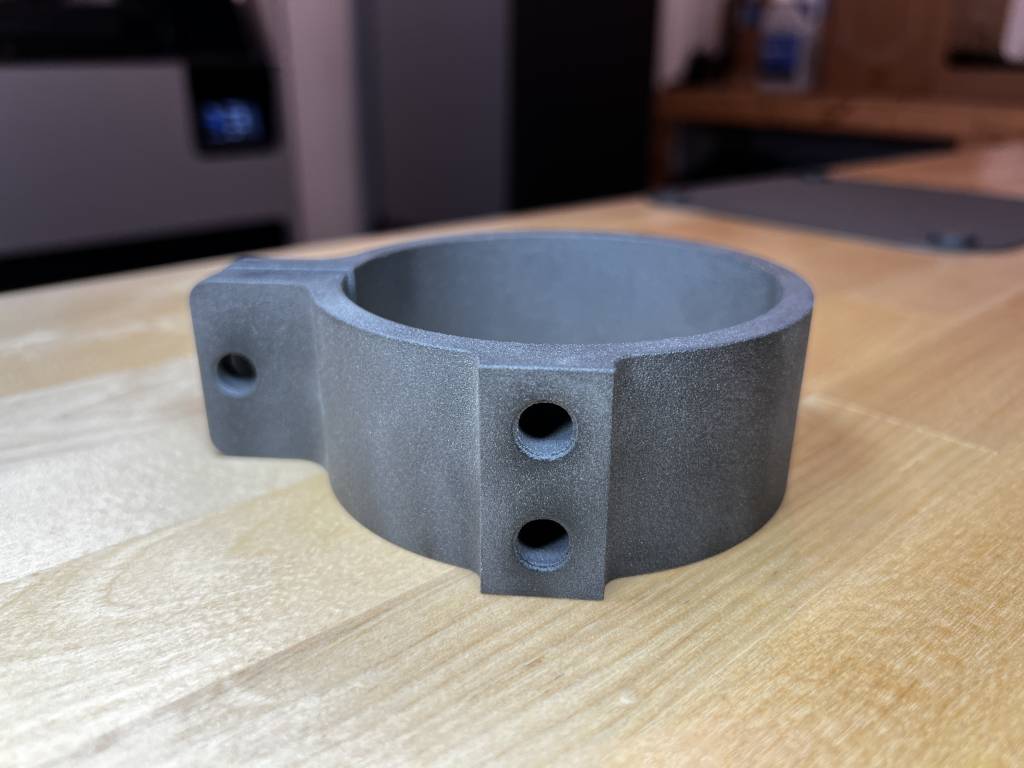Formlabs Fuse 1+ uses selective laser sintering (SLS) technology, a process that fuses powdered material layer by layer. Using a 30-Watt laser and a new and improved laser scanning system the Fuse 1+ offers industrial strength parts at high speeds with an accuracy of 0.0395mm resulting in high-precision parts within 24 hours.
This process produces strong parts with fine details that can be used for both prototypes and end use products. Its ability to produce strong, lightweight and complex nylon parts that can withstand repeated abuse makes it a great alternative for metal parts, equipment, tooling, and functional prototypes. Thanks to its high packing density and support-free printing, the Fuse 1+ offers low-waste printing resulting in 100% powder recyclability and reduced post-processing. This makes it a cost efficient way of producing industrial strength parts.

The Fuse 1+ also offers a nitrogen purge feature that creates an oxygen free environment during the printing process. This eliminates any oxidation of the material resulting in parts that are less brittle and more ductile. This enhances their abilities as end-use parts making them more suitable for specific applications.

If you are familiar with SLS technology, you may have heard of the “Orange Peel” effect. For those that have not, it is a surface finish print defect where surfaces that are supposed to be flat and smooth look rough and bumpy. This is caused by various edges experiencing a thermal gradient between the sintered part and the un-sintered powder.
Due to this, Formlabs invented their “Surface Armor” technology which semi-sinters a shell around the parts. This creates a region around the part that prevents those layers from experiencing the thermal gradient, which in turn counteracts the “Orange Peel” effect. This gives us the ability to print complex geometries with no error or surface defects.

To sum things up the high accuracy, surface quality and mechanical properties of the Fuse 1+’s materials make the machine suitable for printing functional parts and prototypes across many different spaces from the Automotive and Aerospace industry to the Medical industry.


